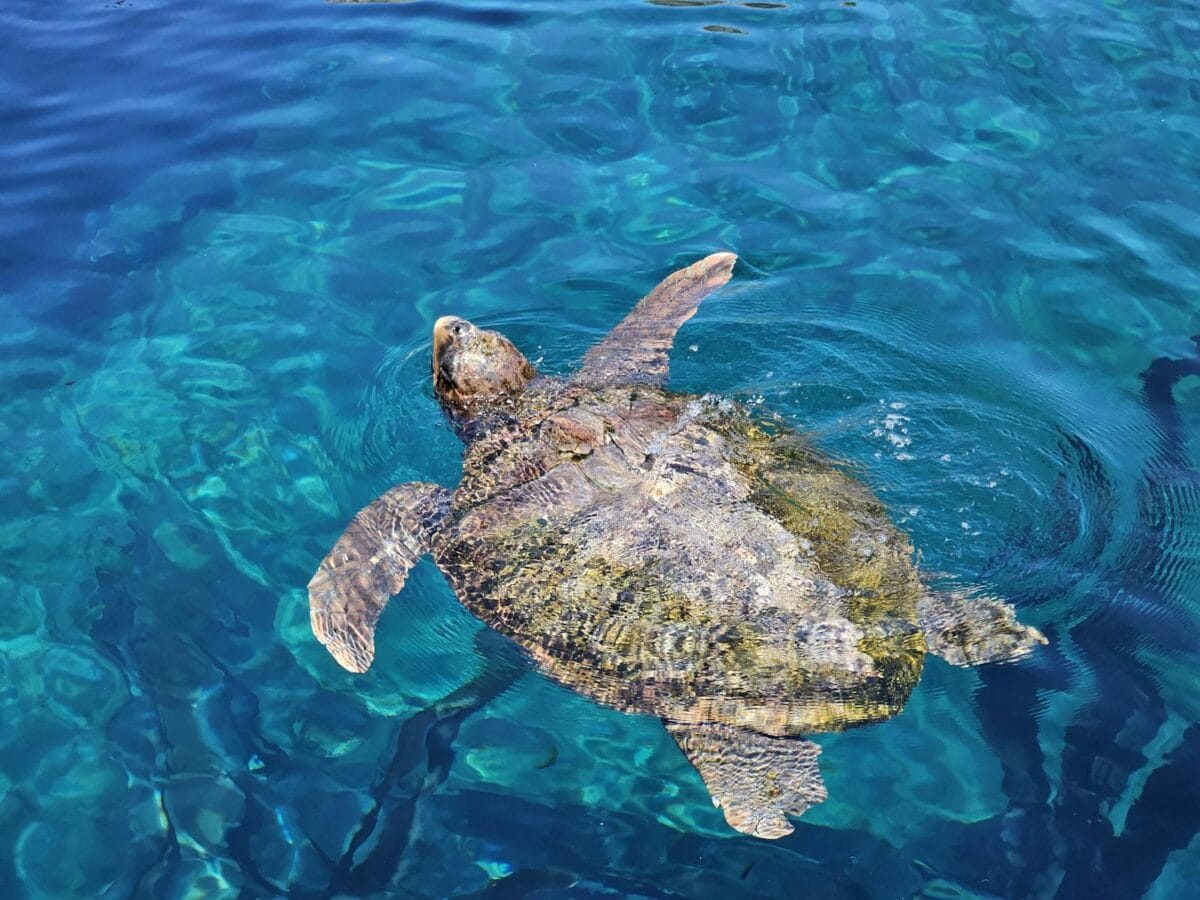When we think of dinosaurs, we often picture them as the undisputed rulers of prehistoric Earth, dominating a world devoid of familiar modern animals. However, paleontological discoveries have revealed that many creatures we recognize today were actually contemporaries of dinosaurs during the Mesozoic Era (252-66 million years ago). These resilient animals evolved alongside the “terrible lizards,” surviving through the Triassic, Jurassic, and Cretaceous periods—and remarkably, even beyond the catastrophic extinction event that wiped out non-avian dinosaurs 66 million years ago. From tiny mammals to ancient sea creatures, these evolutionary success stories provide fascinating glimpses into Earth’s biological history and the remarkable adaptability of certain animal lineages across hundreds of millions of years.
11. Crocodilians Ancient Reptilian Survivors

Crocodilians represent one of the most successful evolutionary lineages that shared the planet with dinosaurs. Their ancestors, known as pseudosuchians, appeared during the Late Triassic period approximately 230 million years ago. These ancient crocodile relatives diversified into numerous species that occupied various ecological niches during the age of dinosaurs. Unlike many prehistoric creatures, crocodilians survived the Cretaceous-Paleogene (K-Pg) extinction event with relatively minor changes to their basic body plan. Modern crocodiles, alligators, gharials, and caimans retain much of the anatomy and predatory behavior of their Mesozoic ancestors, making them living fossils that provide a direct window into the age of dinosaurs. Their semi-aquatic lifestyle, armored bodies, and predatory capabilities have proven remarkably successful adaptations that have endured for over 200 million years.
10. Sharks Oceanic Predators with Ancient Roots

Long before dinosaurs ruled the land, sharks were already patrolling Earth’s oceans. The earliest shark-like fish appeared during the Ordovician period over 450 million years ago, and by the time dinosaurs emerged in the Triassic period, sharks had already evolved into diverse and specialized predators. During the Jurassic and Cretaceous periods, while dinosaurs dominated terrestrial environments, various shark species controlled the marine food chains. Notable prehistoric sharks include Hybodus, which lived from the Permian through the Cretaceous periods (spanning approximately 260 to 85 million years ago), and Cretoxyrhina, a 25-foot predator sometimes called the “Ginsu shark” that hunted in Late Cretaceous seas. After the K-Pg extinction event that eliminated non-avian dinosaurs, sharks continued to evolve and diversify, ultimately giving rise to the approximately 500 species that inhabit our oceans today.
9. Turtles Shelled Survivors from the Triassic
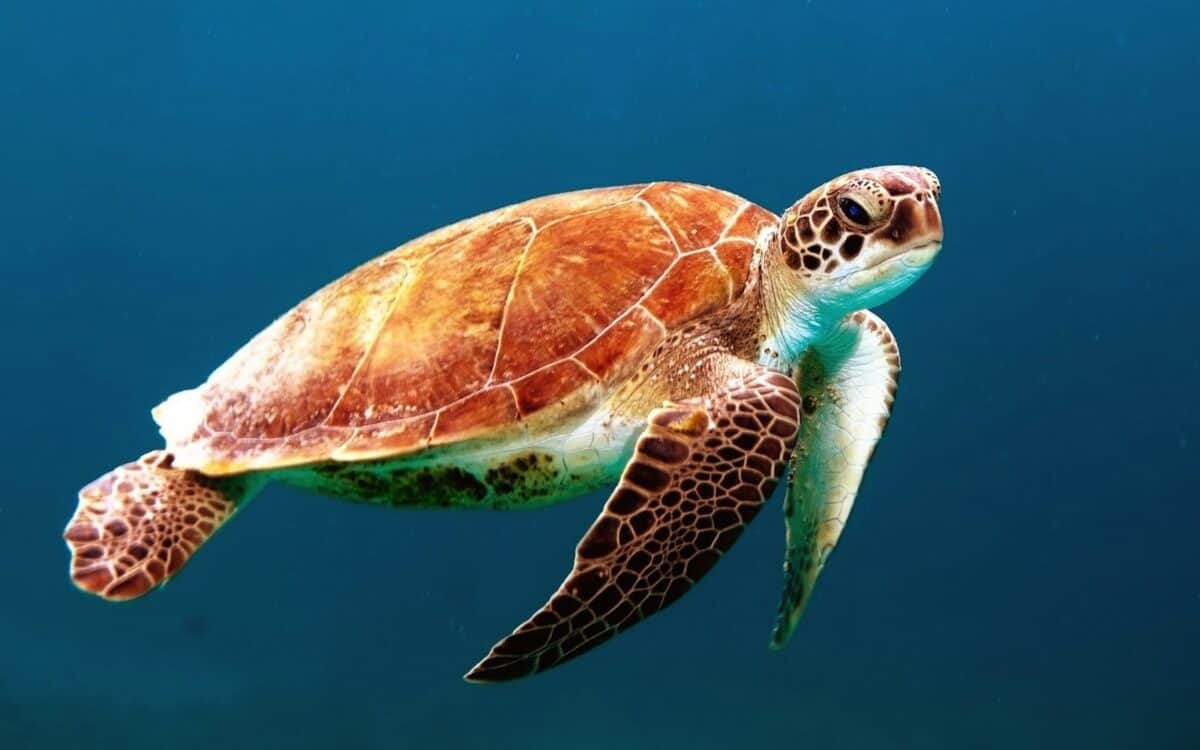
Turtles first appeared during the Late Triassic period, approximately 230 million years ago, making them contemporaries of early dinosaurs. The earliest known definitive turtle, Proganochelys, already possessed the characteristic shell that defines the group, though it retained primitive features like teeth and couldn’t retract its head into its shell like modern species. Throughout the Jurassic and Cretaceous periods, turtles diversified into numerous lineages, including both terrestrial and aquatic forms. One impressive example is Archelon, a massive sea turtle from the Late Cretaceous that grew up to 15 feet long with a 13-foot flipper span. Turtles’ distinctive protective shells and adaptable lifestyles helped them survive the K-Pg extinction event that doomed non-avian dinosaurs. Today’s 356 turtle species represent living descendants of these Mesozoic survivors, carrying forward a lineage that witnessed the rise and fall of dinosaur dominance.
8. Mammals Tiny Contemporaries That Inherited the Earth
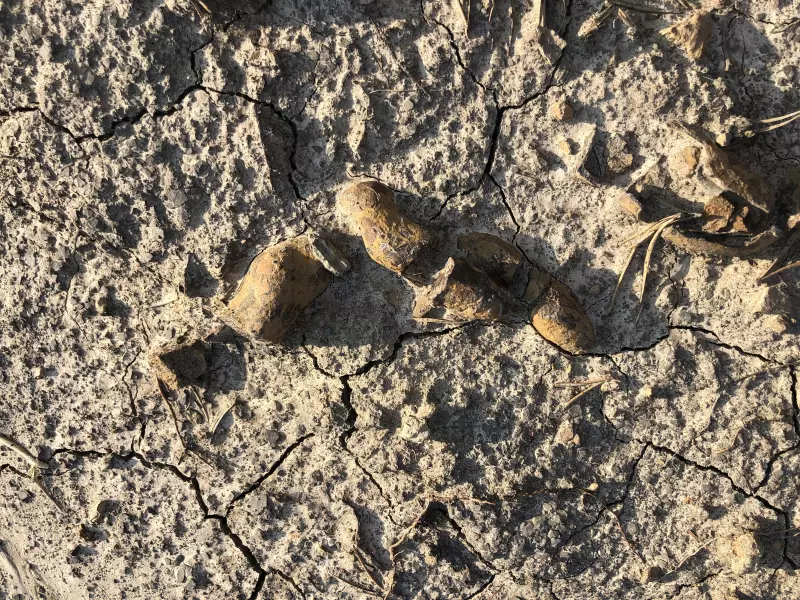
Contrary to popular belief, mammals didn’t evolve after dinosaurs went extinct—they actually coexisted with dinosaurs for over 150 million years. The earliest mammals evolved from cynodont therapsids (mammal-like reptiles) during the Late Triassic period, around 220 million years ago. Throughout the Mesozoic Era, however, most mammals remained small, generally shrew-sized creatures that likely led nocturnal lives to avoid predatory dinosaurs. These early mammals included groups like the morganucodontids, docodonts, and multituberculates. Despite their diminutive size, they were diversifying and developing key mammalian traits, including fur, lactation, and specialized teeth. Fossils like Repenomamus, a cat-sized mammal from Early Cretaceous China that has been found with dinosaur remains in its stomach, show that some mammals even preyed on small dinosaurs. After the K-Pg extinction event eliminated their dinosaurian competitors, mammals underwent extraordinary adaptive radiation, evolving into the diverse forms—from bats to whales to humans—that now dominate the planet.
7. Birds The Dinosaurs That Survived

In a technical sense, birds didn’t merely live alongside dinosaurs—they are dinosaurs themselves, specifically descended from small, feathered theropod dinosaurs. The earliest undisputed bird, Archaeopteryx, lived during the Late Jurassic period approximately 150 million years ago and displayed a fascinating mix of dinosaurian and avian features. Throughout the Cretaceous period, birds continued to diversify, with groups like Enantiornithes (opposite birds) and early members of modern bird lineages sharing the skies with pterosaurs. When the asteroid impact triggered the K-Pg extinction event 66 million years ago, all non-avian dinosaurs perished, but some bird lineages survived. These avian dinosaurs went on to evolve into the roughly 10,000 bird species alive today, making birds the only living descendants of the dinosaur lineage. Modern avian features like hollow bones, feathers, and efficient respiratory systems are direct inheritances from their dinosaurian ancestors.
6. Lizards and Snakes Scaly Contemporaries
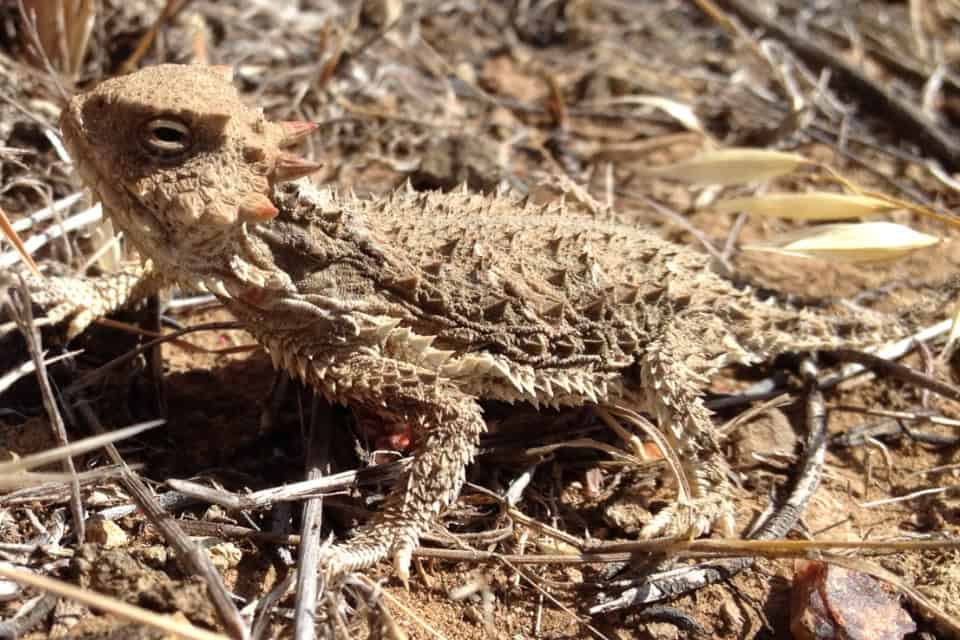
Squamates—the reptile group including lizards and snakes—have an evolutionary history dating back to the Middle Triassic period, roughly 240 million years ago. By the Jurassic period, lizards had diversified into multiple lineages, establishing themselves as small but successful components of Mesozoic ecosystems. Fossil evidence shows that some lizard groups, such as iguanians, anguimorphs, geckos, and skinks, were already present during the dinosaur era. Snakes evolved from lizard ancestors during the early Cretaceous period, with early snake fossils dating to around 130 million years ago. One remarkable example is Najash rionegrina, a primitive snake from Argentina that retained hind limbs, providing a glimpse into snake evolution. While remaining generally small and inconspicuous compared to dinosaurs, squamates successfully navigated the K-Pg extinction event and underwent significant diversification afterward. Today’s approximately 11,000 squamate species—ranging from tiny geckos to massive pythons—represent direct descendants of these Mesozoic survivors.
5. Amphibians Ancient Moisture-Lovers

Amphibians had already been evolving for over 100 million years before dinosaurs appeared on Earth. During the Mesozoic Era, various amphibian groups coexisted with dinosaurs, including early relatives of modern frogs, salamanders, and caecilians. Frogs in particular had already evolved their distinctive jumping form by the Early Jurassic period, as evidenced by fossils like Prosalirus bitis from Arizona, dating to about 190 million years ago. Salamander and caecilian lineages were also established during the Jurassic period. The fossil record shows that many Mesozoic amphibians would have been recognizable to modern observers, though some ancient forms were quite different from current species. A notable example is Beelzebufo, the “devil frog” from Late Cretaceous Madagascar, which grew to 16 inches long and may have been capable of eating small dinosaurs. Like many small-bodied animals, amphibians’ ability to thrive in specialized aquatic and moist habitats likely contributed to their survival through the K-Pg extinction event.
4. Coelacanths Living Fossils from Deep Waters

Coelacanths represent one of evolution’s most remarkable survival stories. These lobe-finned fish first appeared in the fossil record during the Middle Devonian period, approximately 390 million years ago, and were abundant and diverse throughout the Mesozoic Era. During the age of dinosaurs, numerous coelacanth species swam in oceans worldwide, with fossils found on every continent except Antarctica. Scientists long believed that coelacanths went extinct alongside dinosaurs during the K-Pg extinction event, as their fossils disappeared from the record around 66 million years ago. However, in 1938, a living coelacanth was discovered off the coast of South Africa, making it perhaps the most famous “living fossil” ever found. Today, two species survive—Latimeria chalumnae in the western Indian Ocean and Latimeria menadoensis in Indonesian waters. These modern coelacanths closely resemble their Mesozoic ancestors, having changed little in over 100 million years. They represent a direct connection to the marine life that shared Earth with dinosaurs.
3. Lungfish Ancient Air-Breathers

Lungfish, with their remarkable ability to breathe air and survive in oxygen-poor water, trace their origins to the Devonian period approximately 400 million years ago. By the time dinosaurs evolved in the Triassic period, lungfish were already ancient creatures with established lineages. During the Mesozoic Era, lungfish were widespread in freshwater environments across the supercontinent Pangaea and its daughter continents as they gradually separated. Ceratodus, a genus of extinct lungfish, flourished during the age of dinosaurs, with fossils found in Triassic, Jurassic, and Cretaceous deposits across multiple continents. Unlike many animal groups, lungfish passed through the K-Pg extinction event with relatively little disruption to their evolutionary trajectory. Today, six species of lungfish survive in Africa, South America, and Australia. Australian lungfish (Neoceratodus forsteri) are particularly notable as “living fossils” since they closely resemble Mesozoic forms and can live for over 100 years, making hem descendants of an ancient lineage that witnessed the entire reign of dinosaurs.
2. Horseshoe Crabs 445 Million Years of Survival

Few animals on Earth can claim a longer evolutionary history than horseshoe crabs. These remarkable arthropods first appeared in the fossil record during the Late Ordovician period, approximately 445 million years ago, predating dinosaurs by over 200 million years. By the time dinosaurs evolved, horseshoe crabs had already established their distinctive body plan that has remained remarkably unchanged to the present day. During the Mesozoic Era, horseshoe crabs were widespread in marine environments worldwide. Fossils like Mesolimulus from the Late Jurassic Solnhofen Limestone of Germany show that Mesozoic horseshoe crabs were virtually identical to modern forms. Horseshoe crabs survived all five major mass extinction events, including the K-Pg event that eliminated non-avian dinosaurs. Today, four living species carry on this ancient lineage—Limulus polyphemus in the Atlantic Ocean and three species in Indo-Pacific waters. Their blue copper-based blood, which is vital for medical testing, and their steadfast evolutionary conservatism have earned them the title of “living fossils” par excellence.
1. Brachiopods Ancient Shellfish

Brachiopods are marine animals with two shells (valves) that somewhat resemble clams but belong to an entirely different phylum. These creatures first appeared during the early Cambrian period over 540 million years ago and were among the most abundant and diverse marine animals throughout the Paleozoic Era. Although their diversity declined after the devastating Permian-Triassic extinction event 252 million years ago, numerous brachiopod lineages continued to thrive in ocean waters throughout the age of dinosaurs. During the Mesozoic Era, brachiopods competed with bivalve mollusks (clams and their relatives) for ecological niches, with bivalves gradually becoming more dominant. Nevertheless, brachiopods remained common in many marine environments. Several major brachiopod groups successfully navigated the K-Pg extinction event that claimed the non-avian dinosaurs. Today, approximately 400 species of brachiopods still exist in modern oceans, representing living descendants of lineages that witnessed the entire reign of dinosaurs. Notably, some extant brachiopods, such as species in the genus Lingula, have remained virtually unchanged for over 200 million years.
The Ancient Legacy: What We Can Learn From Dinosaur Contemporaries
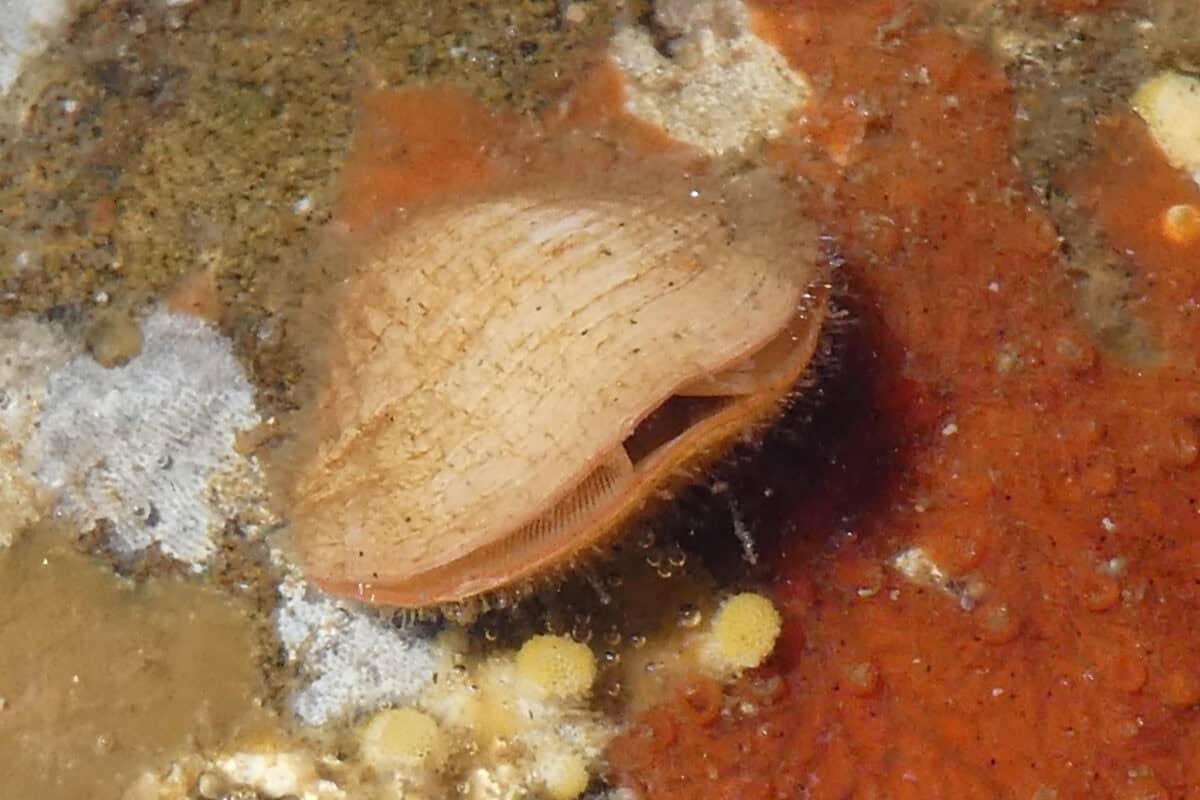
The animals that shared Earth with dinosaurs and survived beyond them offer profound insights into evolutionary resilience and adaptation. These living fossils and their descendants provide scientists with crucial windows into ancient ecosystems, allowing us to better understand the conditions and adaptations that enabled certain lineages to persist while others perished. The survival of these groups through the catastrophic K-Pg extinction event—which eliminated approximately 75% of all species—demonstrates the complex and sometimes counterintuitive nature of extinction vulnerability. Many of these survivors have shown remarkable evolutionary conservatism, retaining body plans and ecological niches that have proven successful across vast expanses of geological time. As we face modern biodiversity challenges and a human-induced sixth mass extinction, these ancient survivors may hold valuable lessons about evolutionary resilience and adaptation in the face of global environmental change.
- 14 Dog Breeds That Love to Cuddle - August 9, 2025
- 11 Signs Your Horse Might Be Bored - August 9, 2025
- Jurassic World Dominion Dinosaurs - August 9, 2025

